Frequency range: 26.5- 28MHz SWR: ≤1.2:1 Max. power: 35W continuous 250W Short time Bandwidth at S.W.R. 2:1: 1900KHz Impedance: 50ohm Whip length: 1200mm Adjustment: 0~90° Cable Length: RG58/157" Po...
See DetailsDoes CB Antenna Height Affect Communication?
For Citizens Band (CB) radio users, from professional truck drivers to hobbyists, a common question persists: how much does the height of a CB antenna truly impact communication capability? The short answer, supported by fundamental radio wave theory and practical experimentation, is that height is one of the most critical factors determining performance.
The Principle of Line-of-Sight Propagation
CB radio operates on a set of 40 channels around 27 MHz, which is part of the High Frequency (HF) spectrum. While HF signals can travel long distances via skywave propagation under ideal atmospheric conditions, most local CB communication—typically within a 5 to 20-mile range—relies on ground wave or direct line-of-sight propagation.
Radio waves travel in straight lines. The curvature of the Earth is, therefore, a primary obstacle. The higher a CB antenna is mounted, the farther the radio horizon extends. This is calculated using the formula for radio horizon: Distance (in miles) ≈ 1.415 √Height (in feet). For example, an antenna mounted at 4 feet above ground has a theoretical horizon of about 2.8 miles. Raise that same antenna to 16 feet, and the horizon extends to approximately 5.6 miles. This directly increases the potential range for clear communication.
Key Benefits of Increased Antenna Height
Extended Range: As established by the radio horizon formula, increased height allows a signal to reach over obstacles and farther before being blocked by the Earth's curvature. This is the most direct benefit.
Reduced Ground Absorption and Obstruction Loss: Radio energy is absorbed by the ground and impeded by obstacles like trees, buildings, and hills. Elevating the CB antenna places it above many of these absorptive and obstructive elements, allowing more of the signal's energy to travel effectively.
Improved Signal-to-Noise Ratio (SNR): A higher CB antenna is better positioned to receive weaker incoming signals that might otherwise be masked by electrical noise generated at ground level (e.g., from power lines, ignition systems, and industrial equipment). This results in clearer reception of distant stations.
Considerations and Practical Limitations
While increasing height is generally beneficial, it is not without its considerations:
The Law of Diminishing Returns: Doubling the height does not double the range; it only increases it by approximately 41%. Significant gains are seen when moving from a 4-foot to a 10-foot mount, but the difference between a 20-foot and a 30-foot mount, while present, is less dramatic for the effort and cost involved.
Antenna Tuning (SWR): The operating environment of a CB antenna changes with height. Ground proximity affects the antenna's impedance. Therefore, any change in installation height necessitates re-checking and re-tuning the antenna's Standing Wave Ratio (SWR) to ensure efficient power transfer from the radio. A poorly tuned antenna, even at a great height, will perform poorly.
Structural and Safety Concerns: Mounting any antenna higher increases its exposure to wind load, requiring a more robust and secure mounting solution to ensure safety and durability. Furthermore, extremely tall mast installations may require grounding for lightning protection.
Pattern Distortion: When a CB antenna is mounted on a large metal surface (like a vehicle roof), the metal acts as a ground plane. Raising the antenna significantly away from this plane, such as on a very tall mast, can alter the radiation pattern, potentially introducing nulls or dead spots in certain directions.
Guidance for Optimal CB Antenna Height
The goal is to find an effective and practical balance. For mobile operations, the highest practical and safe point on a vehicle is recommended—typically the center of the roof. For base stations, a starting height of 15 to 30 feet above ground is often a significant improvement over lower installations. The key steps are:
Prioritize a Quality Antenna: Height amplifies the performance of a good antenna; it cannot fix the deficiencies of a poor one.
Install as High as is Safe and Practical: Ensure the mounting structure is secure.
Always Tune for SWR: After final installation at the desired height, tune the antenna for the lowest possible SWR value (ideally 1.5:1 or lower) on the channel you use most frequently.
The height of a CB antenna is undeniably a fundamental variable in establishing effective communication. It directly governs the radio horizon, reduces signal degradation, and improves reception. While practical constraints exist, the evidence is clear: for anyone seeking to maximize the performance of their CB radio, investing effort into achieving the highest safe and well-tuned installation is a objective and effective strategy.

 English
English Español
Español
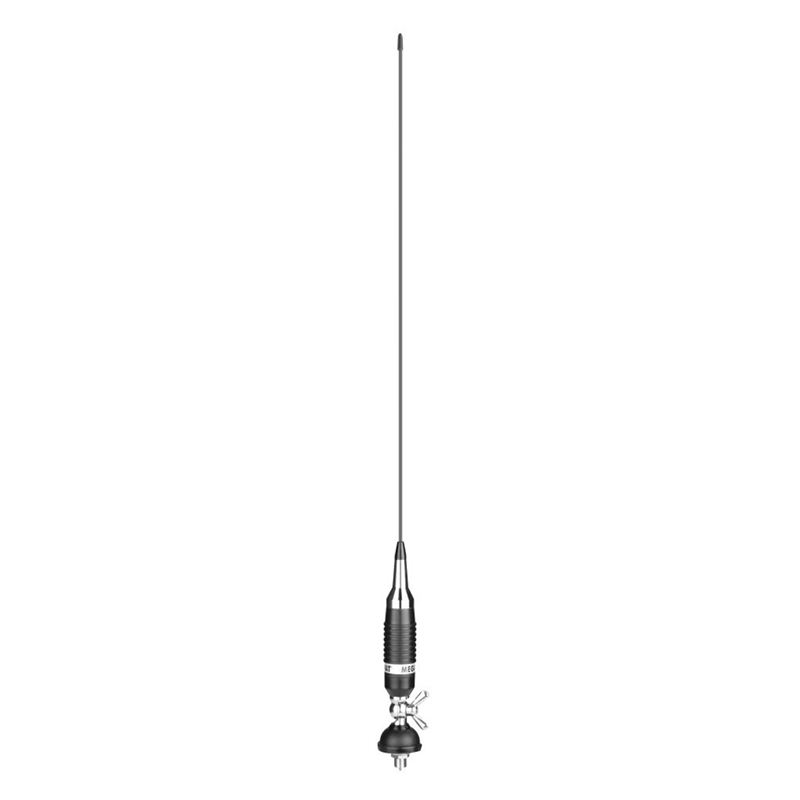
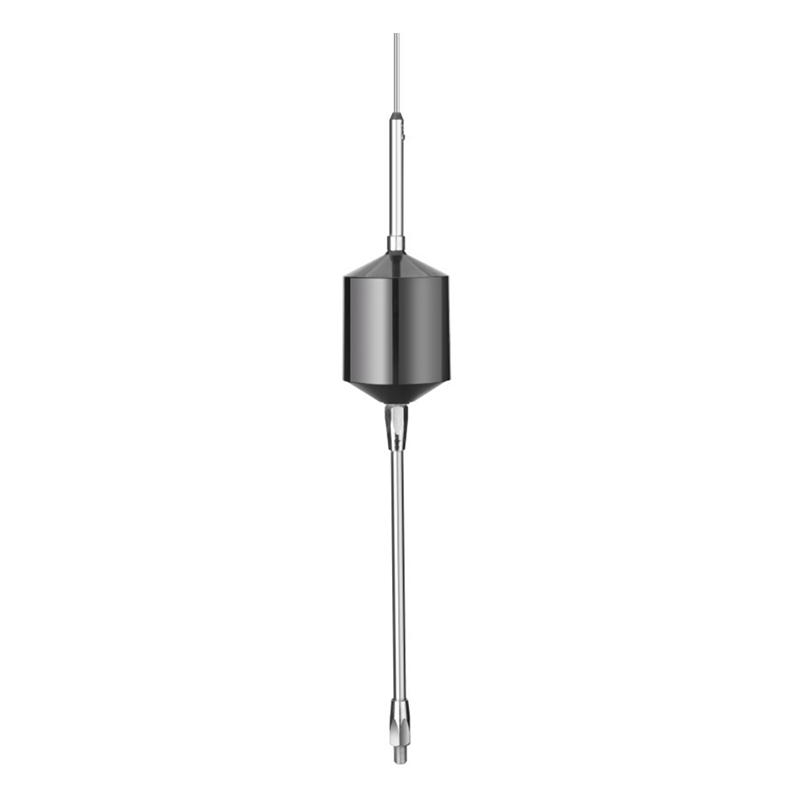
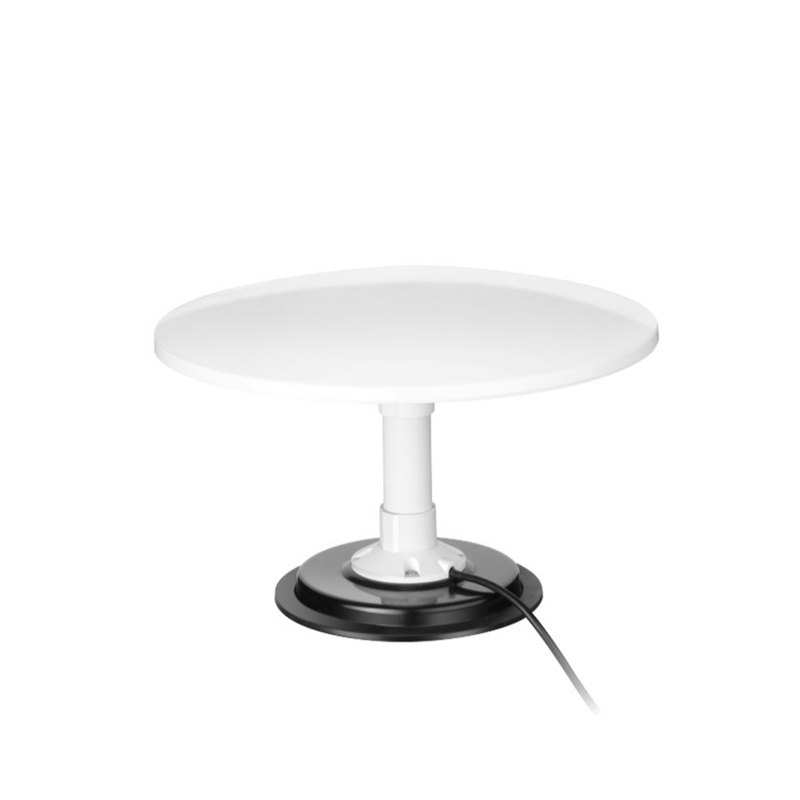
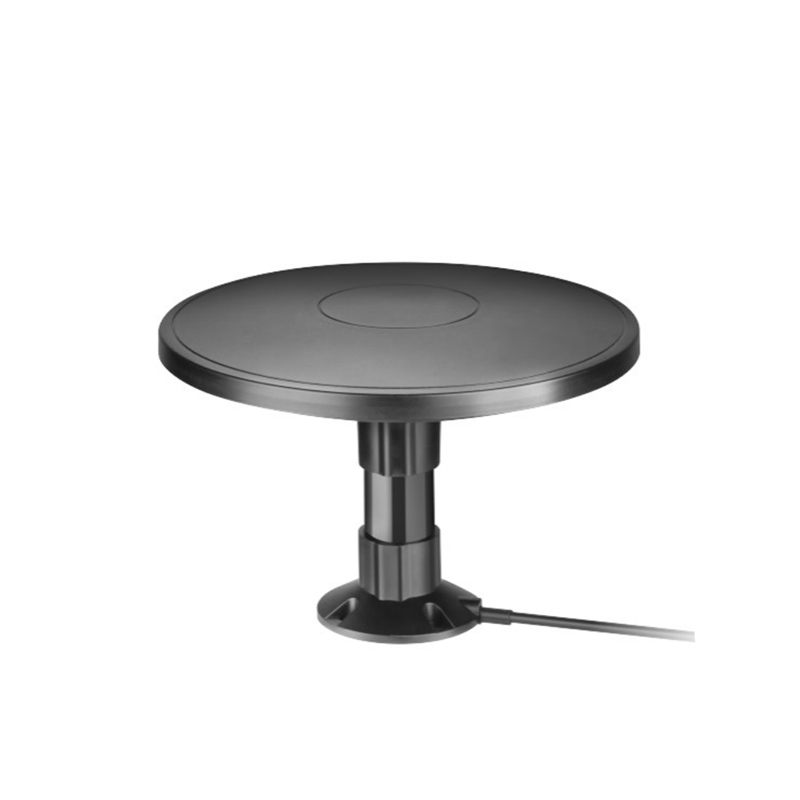

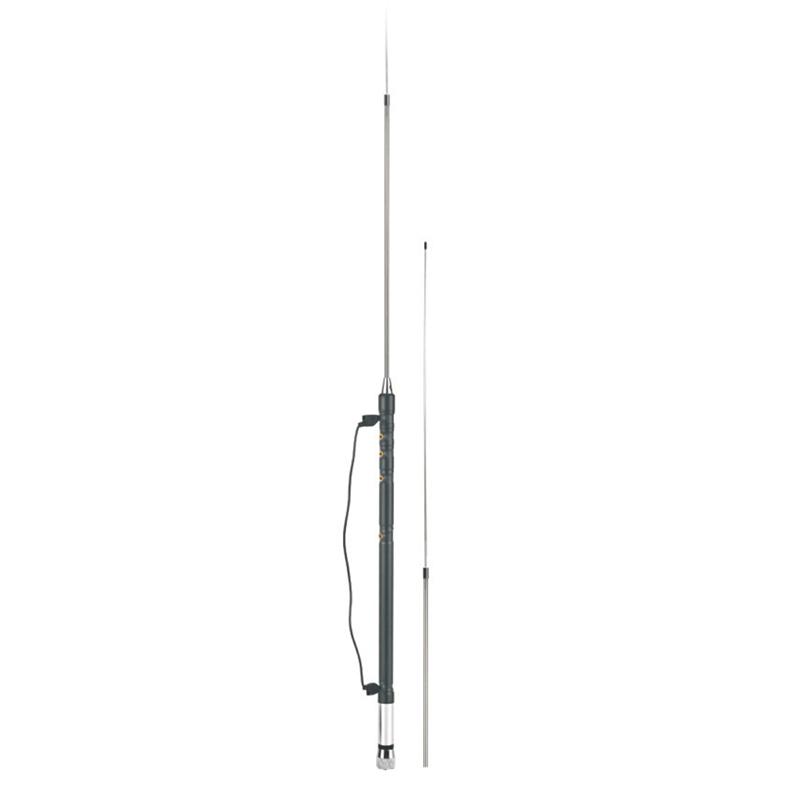
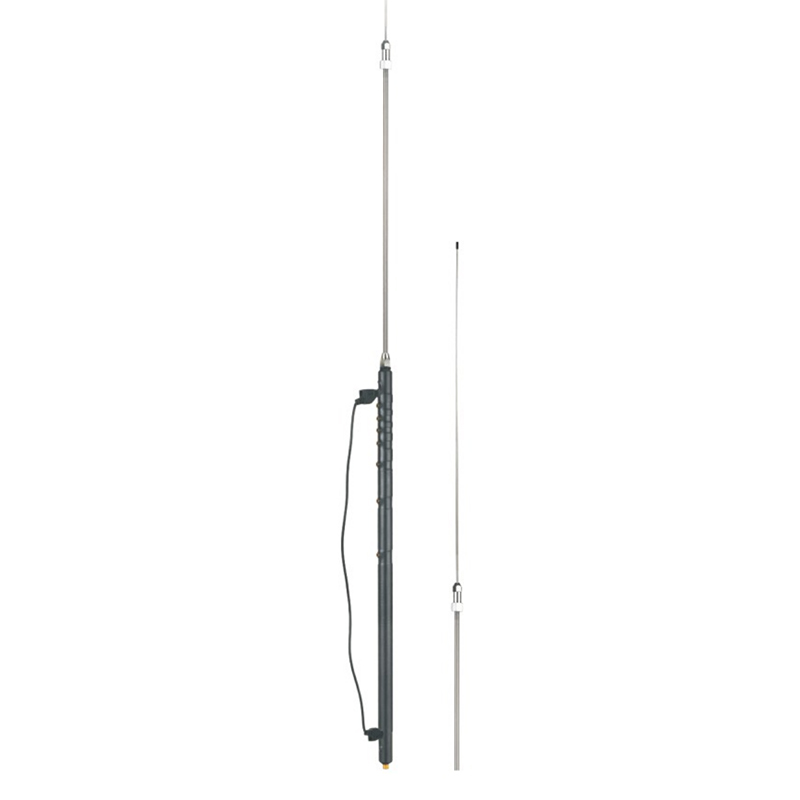
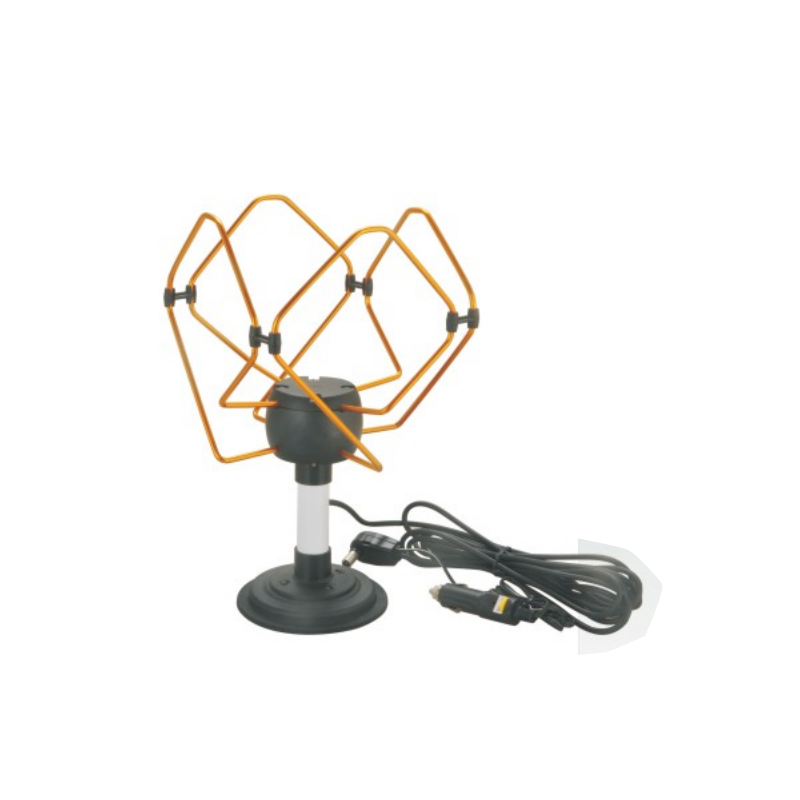

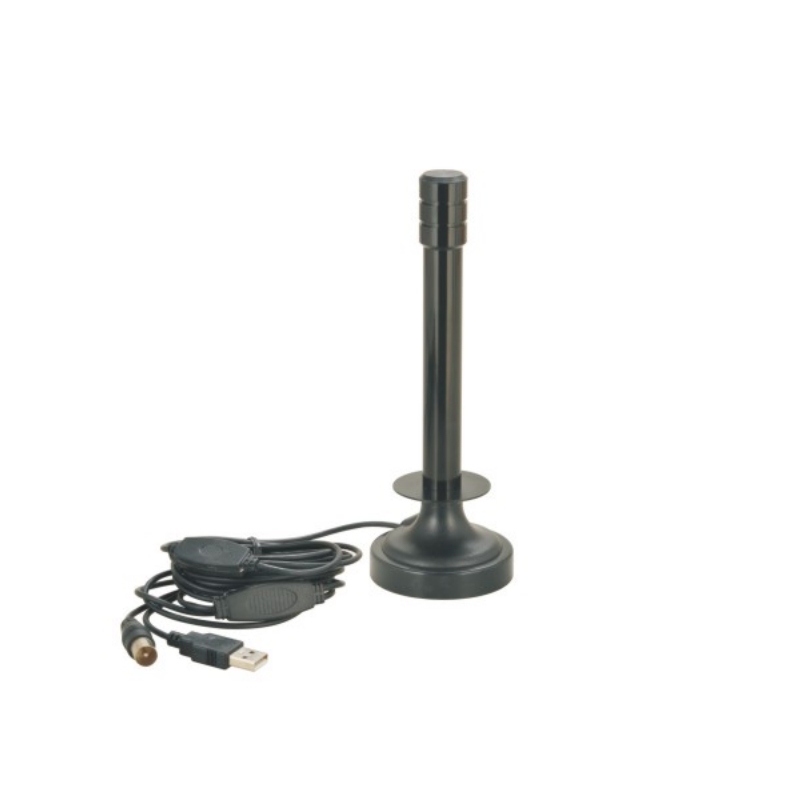
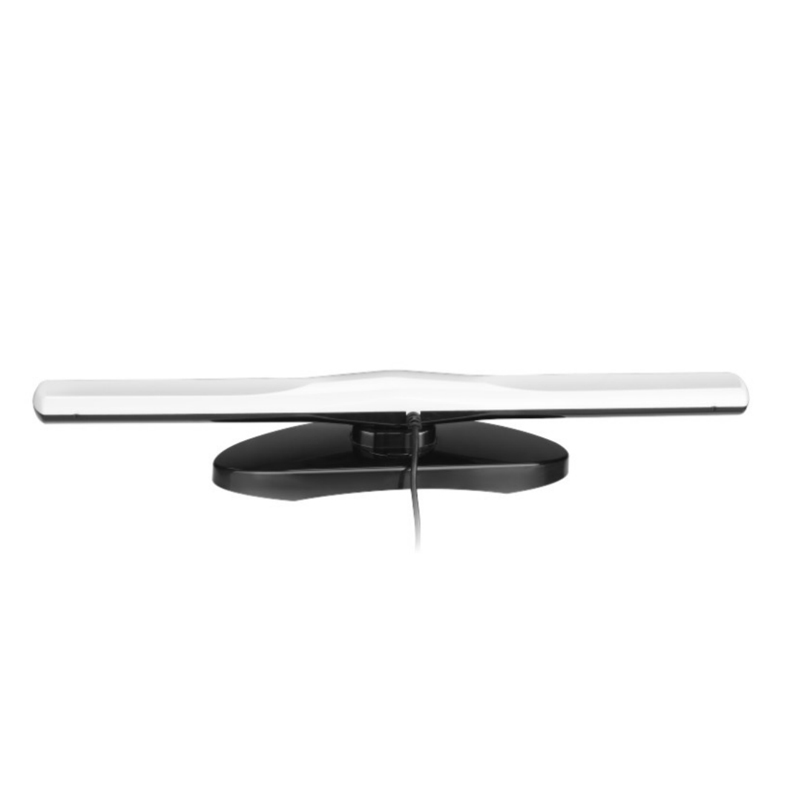
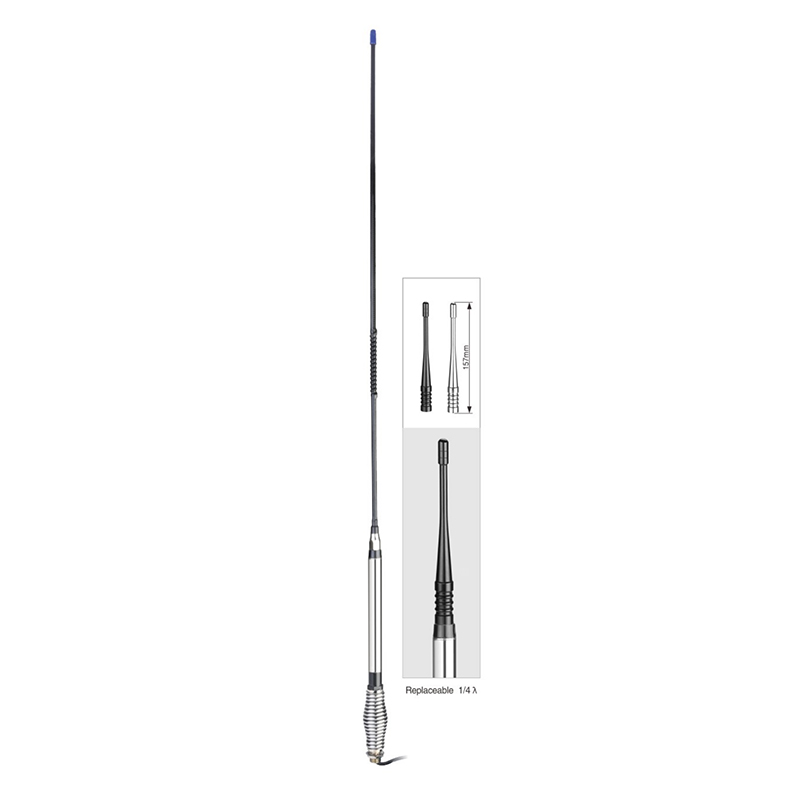

Contact Us